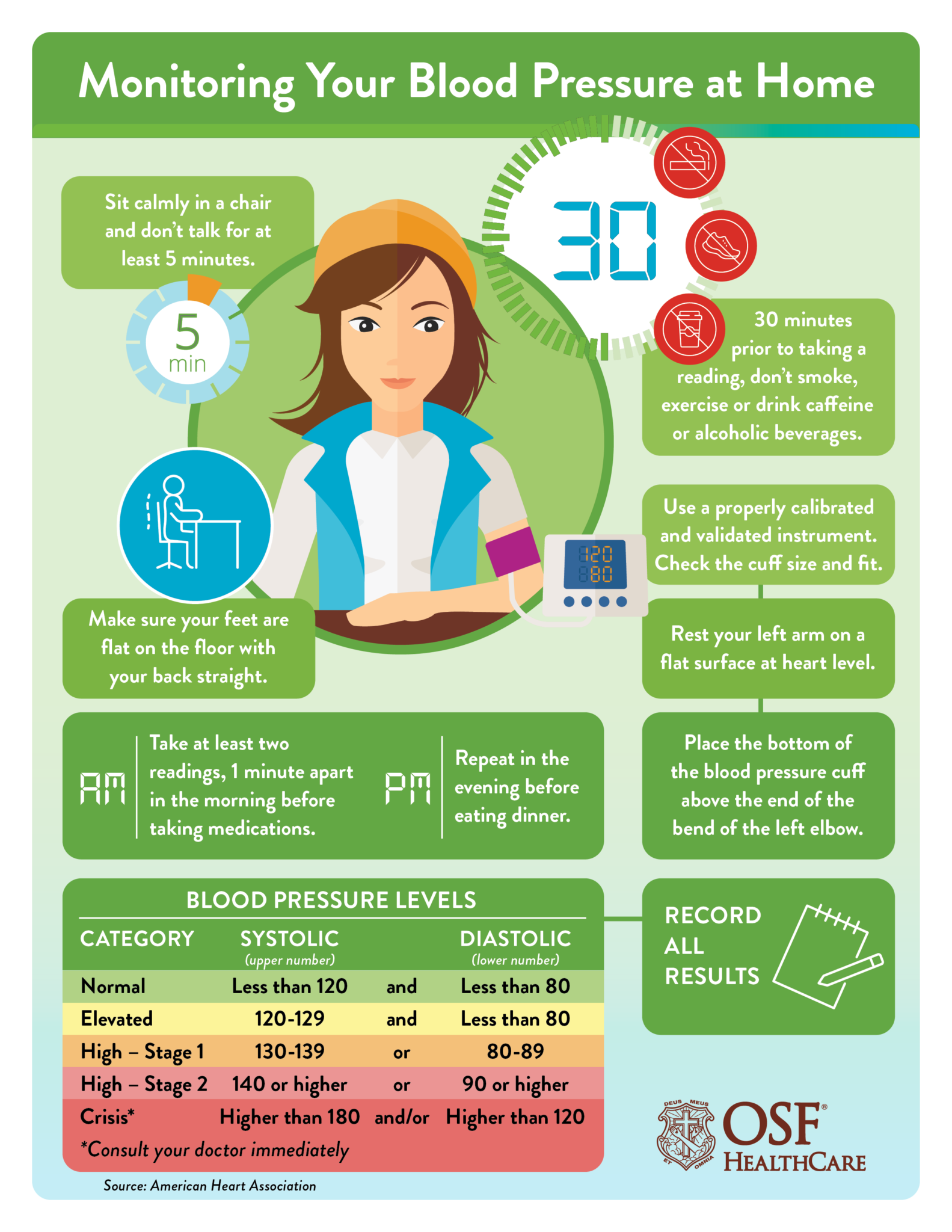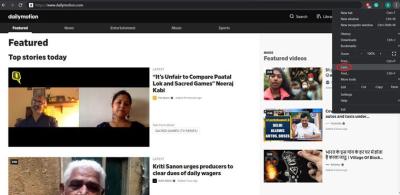Monitoring blood pressure at home is becoming increasingly popular and for good reason. With the rise of lifestyle-related health issues, staying on top of our heart health has never been more critical. Checking your blood pressure at home can help you catch potential problems early, ensure that any prescribed medications are working effectively, and empower you to take control of your overall wellness.
The process is simple, quick, and can be done in the comfort of your own home. Whether you're at risk for hypertension or already managing it, having a home blood pressure monitor can be a game changer in managing your health. Let’s dive into what you need to get started and how to do it correctly!
Essential Tools Needed for Accurate Measurement

To effectively monitor your blood pressure at home, it’s important to have the right tools. Here’s a list of essential items you will need:
- Blood Pressure Monitor: This is the main tool needed. There are two types:
- Aneroid Monitors: These are sphygmomanometers with a dial and manual pump.
- Digital Monitors: These are easy to use and display results digitally, making them a popular choice.
- Cuff Size: The cuff should fit snugly around your upper arm. Be sure to measure your arm circumference to choose the correct size, as an ill-fitting cuff can lead to inaccurate readings.
- Stethoscope: If you’re using an aneroid monitor, you’ll need a stethoscope to listen for your heartbeat. However, digital monitors don’t require this tool.
- Notebook or App: Keep a log of your readings so you can track trends over time. Many people use smartphone apps for this purpose as they can sometimes offer insightful analysis.
- Comfortable Space: Ensure you're in a quiet, comfortable place to check your blood pressure – it can affect the results!
With these tools in hand, you’re ready to start monitoring your blood pressure effectively. Remember, the key to accurate measurement is consistency and proper technique!
Step-by-Step Guide for Measuring Blood Pressure
Measuring your blood pressure at home can seem daunting at first, but with the right tools and a little bit of practice, it becomes a breeze! Here’s a simple step-by-step guide to help you get accurate readings.
- Gather Your Equipment: Start with a reliable blood pressure monitor. You can choose between digital and manual types. Ensure your device is calibrated and has a cuff that fits your arm comfortably.
- Prepare Yourself: Avoid caffeine, smoking, or exercise for at least 30 minutes before measuring. Sit quietly in a comfortable position for about five minutes to relax.
- Positioning: Sit with your back supported and feet flat on the ground. Rest your arm on a table at heart level. The cuff should be placed on your bare skin, about 1 inch above your elbow.
- Apply the Cuff: Wrap the cuff snugly around your arm, ensuring it’s not too tight. Follow the manufacturer's instructions for the right placement.
- Take the Measurement: If you’re using a digital monitor, simply press the button to start. For a manual monitor, pump the bulb until you hear the pulse and then release slowly while reading the scale.
- Record the Results: Note down your systolic and diastolic numbers. It’s helpful to record the date and time to track changes over time.
- Repeat: For the most accurate readings, take two or three measurements one minute apart and average them out.
Understanding Blood Pressure Readings
Understanding blood pressure readings is crucial for your health. So, let's break it down in simple terms!
Blood pressure is measured in millimeters of mercury (mmHg) and presented as two numbers: systolic and diastolic.
| Term | Description |
|---|---|
| Systolic Pressure | This is the top number and measures the pressure in your arteries when your heart beats. A normal reading is usually between 90 and 120 mmHg. |
| Diastolic Pressure | This is the bottom number, which measures the pressure in your arteries when your heart is at rest between beats. Normal diastolic readings range from 60 to 80 mmHg. |
Here are the common categories for blood pressure readings:
- Normal: Less than 120/80 mmHg
- Elevated: Systolic between 120-129 and diastolic less than 80 mmHg
- Hypertension Stage 1: Systolic between 130-139 or diastolic between 80-89 mmHg
- Hypertension Stage 2: Systolic 140 or higher or diastolic 90 or higher
- Hypertensive Crisis: Systolic higher than 180 and/or diastolic higher than 120 - seek immediate medical attention!
By monitoring your blood pressure and understanding these readings, you can take charge of your health and stay proactive! If you notice consistently high or low readings, don't hesitate to reach out to a healthcare professional.
Common Mistakes to Avoid While Measuring
Measuring your blood pressure at home can be a straightforward process, but there are several common mistakes that can lead to inaccurate readings. Let’s go over these pitfalls so you can get the most reliable results.
- Incorrect Cuff Size: Using a cuff that’s too small or too large can skew your results. Always check if your blood pressure cuff is the right size for your arm.
- Improper Positioning: Make sure to sit comfortably with your back supported. Your arm should be level with your heart, and your feet should be flat on the ground. Avoid crossing your legs!
- Measuring Immediately After Exercise: Exercise can temporarily raise blood pressure. Wait at least 30 minutes after physical activity before taking a measurement.
- Speaking or Moving During Measurement: It's crucial to remain still and silent while your blood pressure is being taken to avoid false readings.
- Timing of Readings: Blood pressure can fluctuate throughout the day. Try to measure it at the same times each day, preferably in the morning and evening, for consistency.
- Ignoring Pre-Measurement Instructions: Avoid caffeine, nicotine, and heavy meals for at least 30 minutes before measuring your blood pressure. These factors can significantly influence your results.
Being aware of these common mistakes can greatly improve the accuracy of your blood pressure readings, ensuring you have a clear and reliable understanding of your health!
When to Consult a Healthcare Professional
Monitoring your blood pressure at home is an excellent step for personal health management. However, there are times when it’s essential to bring your findings to a healthcare professional. Let’s take a closer look at when those moments arise.
- Consistently High Readings: If your blood pressure readings are consistently above 130/80 mmHg, it's time to consult a healthcare provider for further evaluation.
- Significant Changes in Readings: If you notice sudden spikes or drops in your blood pressure that aren’t typical for you, it’s crucial to seek professional advice.
- Symptoms of Hypertension: If you experience headaches, dizziness, or shortness of breath, these might be signs of high blood pressure and warrant an immediate consultation.
- Changes in Health Conditions: If your current health conditions, like diabetes or heart disease, change or worsen, it’s important to check in with your doctor regarding your blood pressure.
- Medication Concerns: If you’re on medication for high blood pressure and it’s not effectively controlling your readings, don’t hesitate to discuss this with your healthcare provider.
Listening to your body is key! Trust your instincts—if something feels off, it’s always best to reach out to a healthcare professional for help.
7. Maintaining a Healthy Blood Pressure
Maintaining a healthy blood pressure is crucial for your overall well-being. Unfortunately, many people, especially as they age, begin to struggle with high blood pressure, which can lead to serious health issues like heart disease and stroke. But the good news is that there are several effective strategies you can adopt to keep your blood pressure in check.
Here are some practical tips:
- Embrace a Heart-Healthy Diet: Focus on whole foods such as fruits, vegetables, lean proteins, and whole grains. The DASH diet (Dietary Approaches to Stop Hypertension) is an excellent template for this.
- Monitor Your Sodium Intake: Try to limit your sodium consumption to less than 2,300 mg a day. Cooking at home and using herbs and spices instead of salt can help significantly.
- Stay Active: Regular physical activity can help maintain a healthy weight and lower blood pressure. Aim for at least 150 minutes of moderate-intensity exercise each week.
- Limit Alcohol and Caffeine: Both alcohol and caffeine can elevate blood pressure in some individuals, so it's wise to consume them in moderation.
- Manage Stress: Incorporate stress-reducing techniques like yoga, meditation, or even just taking walks to help control your blood pressure.
- Regular Checkups: Keep track of your blood pressure readings at home and have regular checkups with your healthcare provider for personalized guidance.
Implementing these changes doesn’t have to be overwhelming. Start with small steps, and gradually increase your efforts towards a healthier lifestyle. Remember, consistency is key!
8. Conclusion
So there you have it! Checking your blood pressure at home doesn't have to be a daunting task. By arming yourself with the right knowledge and tools, you can reliably monitor your health and take proactive steps to maintain a stable blood pressure. Remember that high blood pressure often has no symptoms, so being vigilant about your readings can empower you to make informed decisions about your health.
It's essential to understand that while monitoring your blood pressure at home is beneficial, it should not replace professional medical advice. Always consult with your healthcare provider if you notice consistently high or fluctuating readings.
Your journey towards maintaining a healthy blood pressure is unique to you. Take the tips to heart, stay committed to your health, and most importantly, be patient with yourself. Every step counts, and you’re well on your way to better health!
Now, go ahead and grab that blood pressure monitor; your health is worth it!










